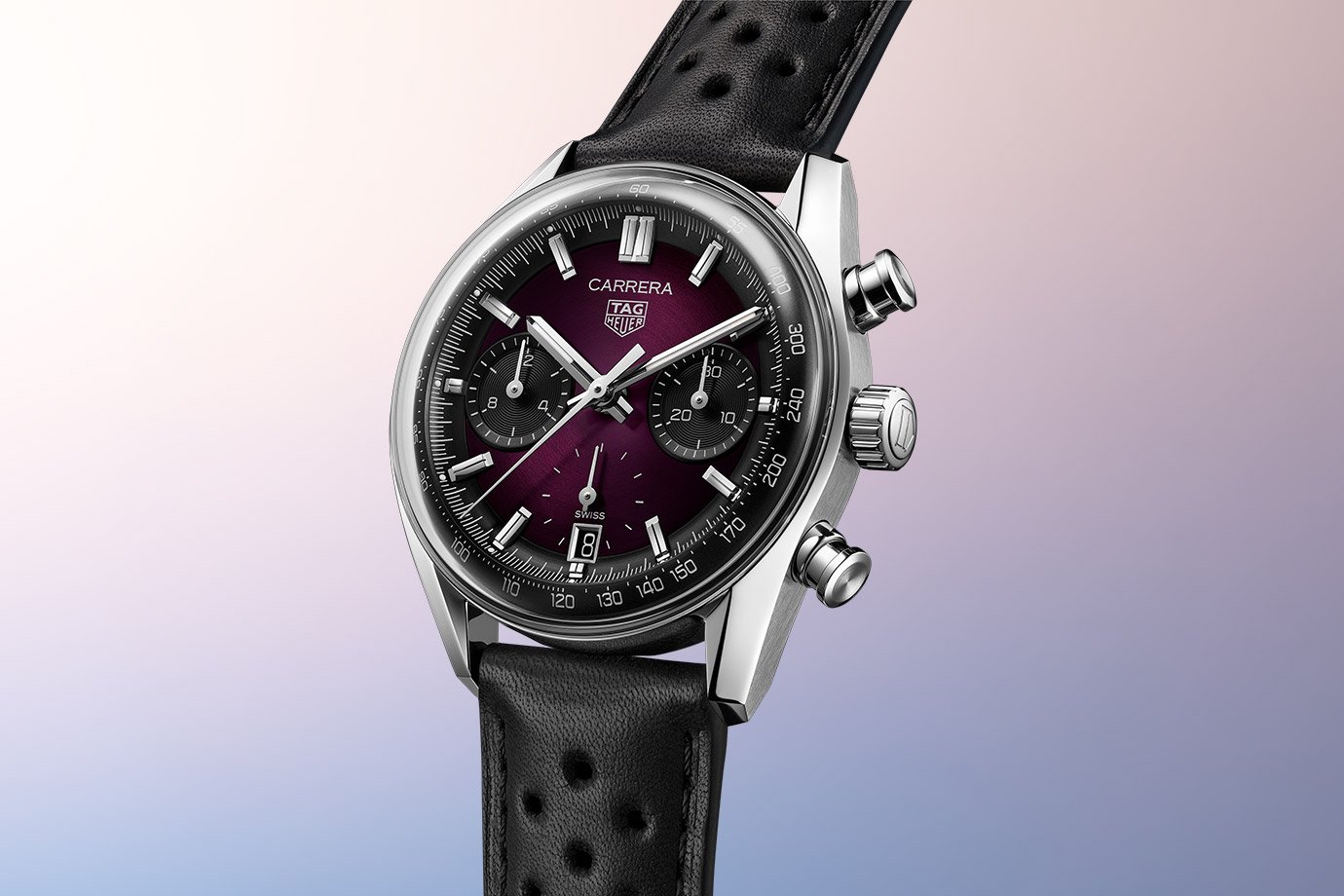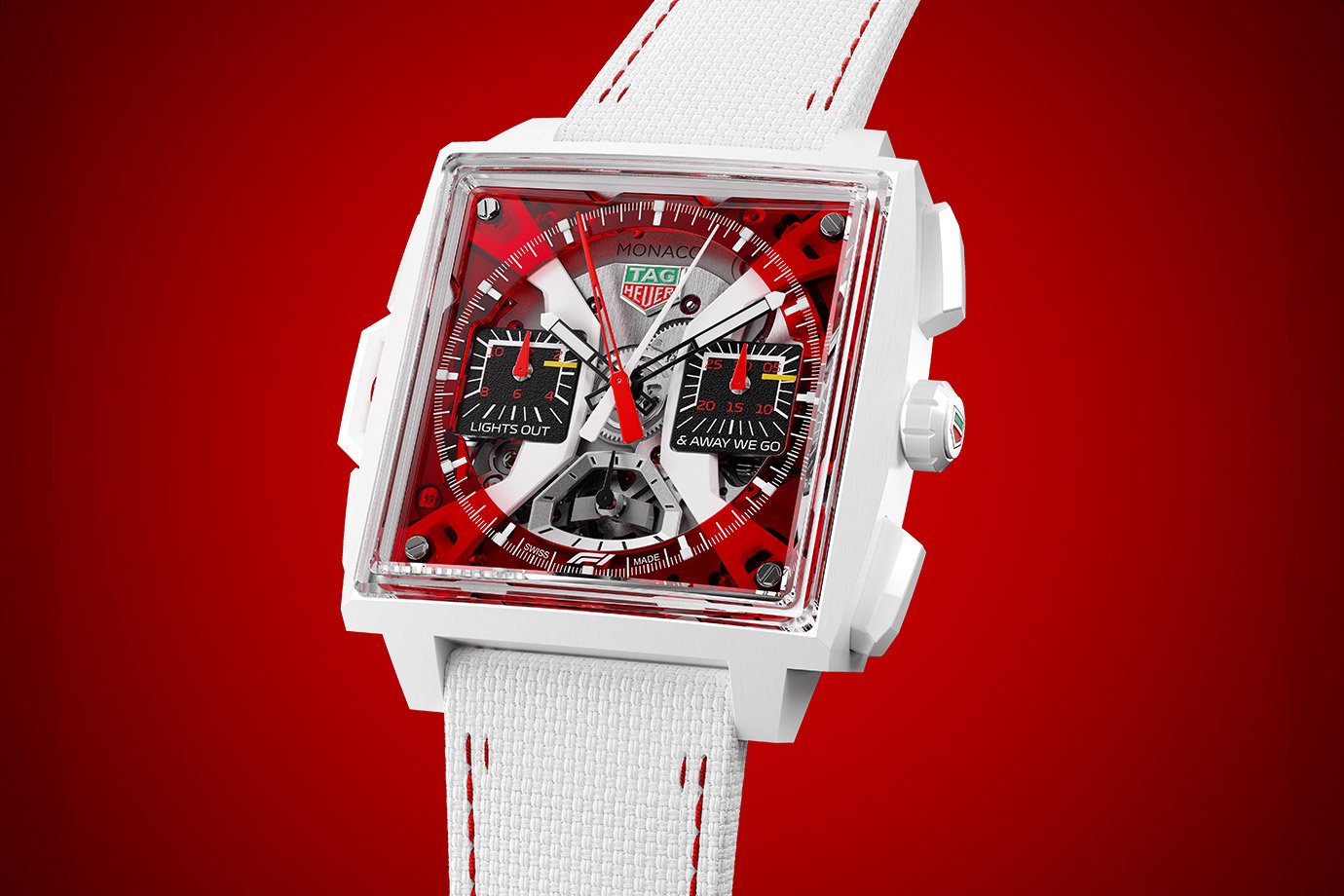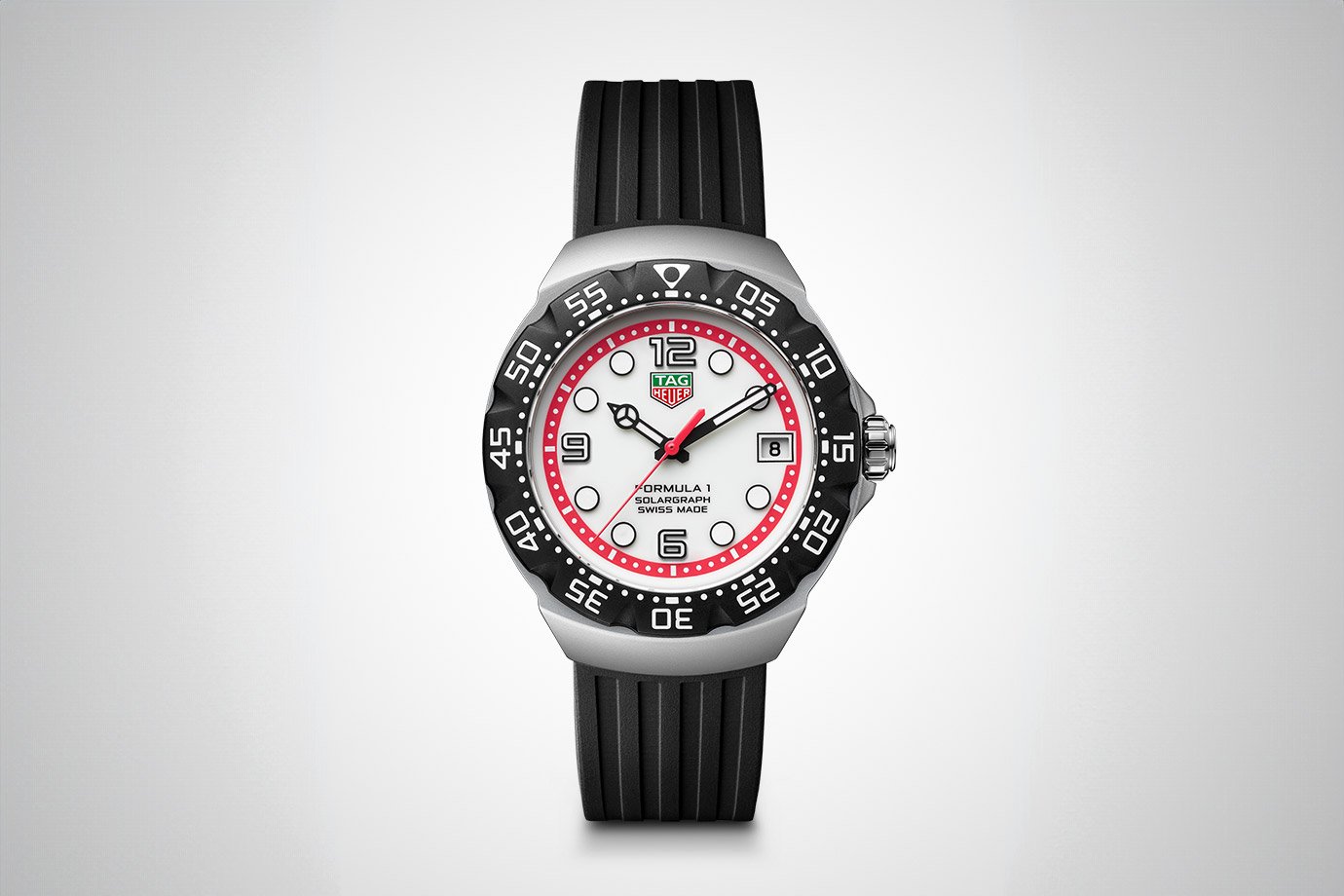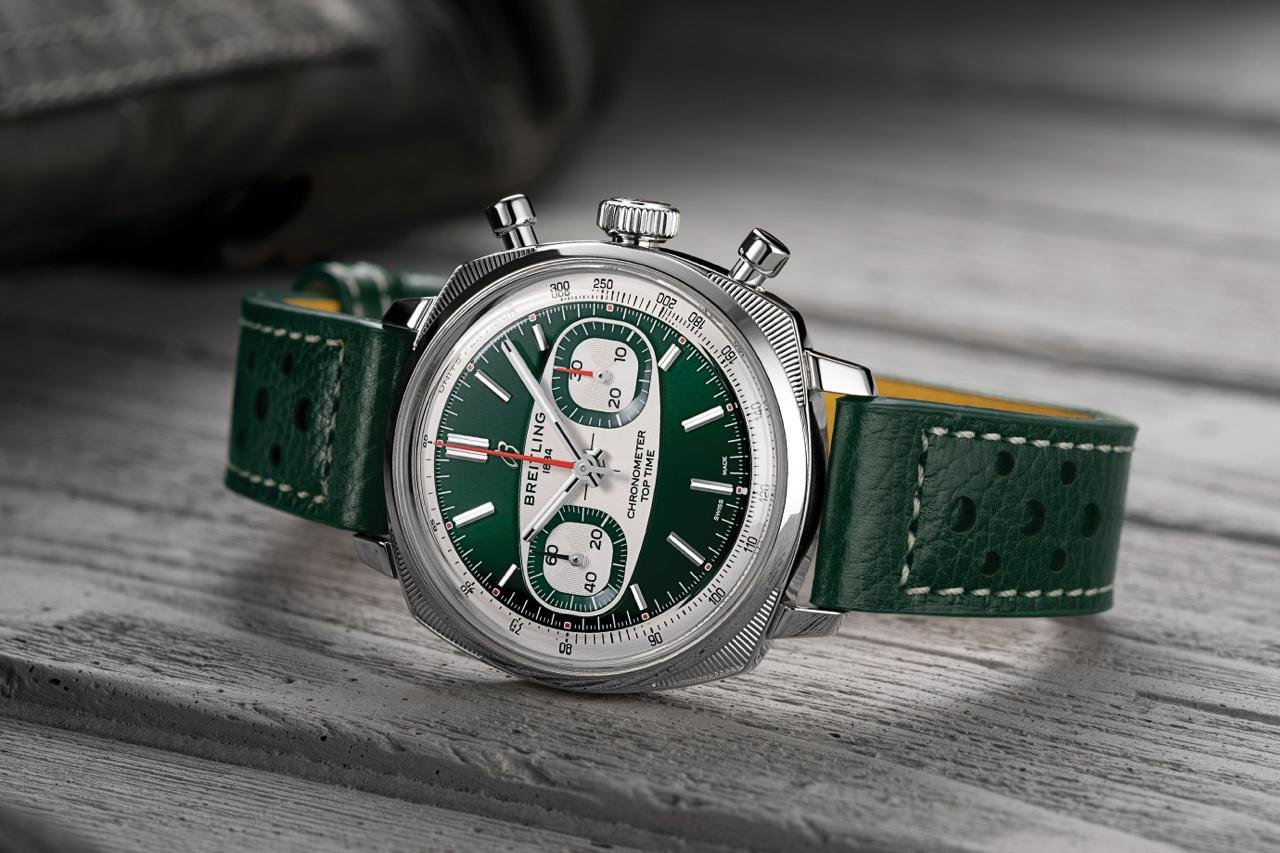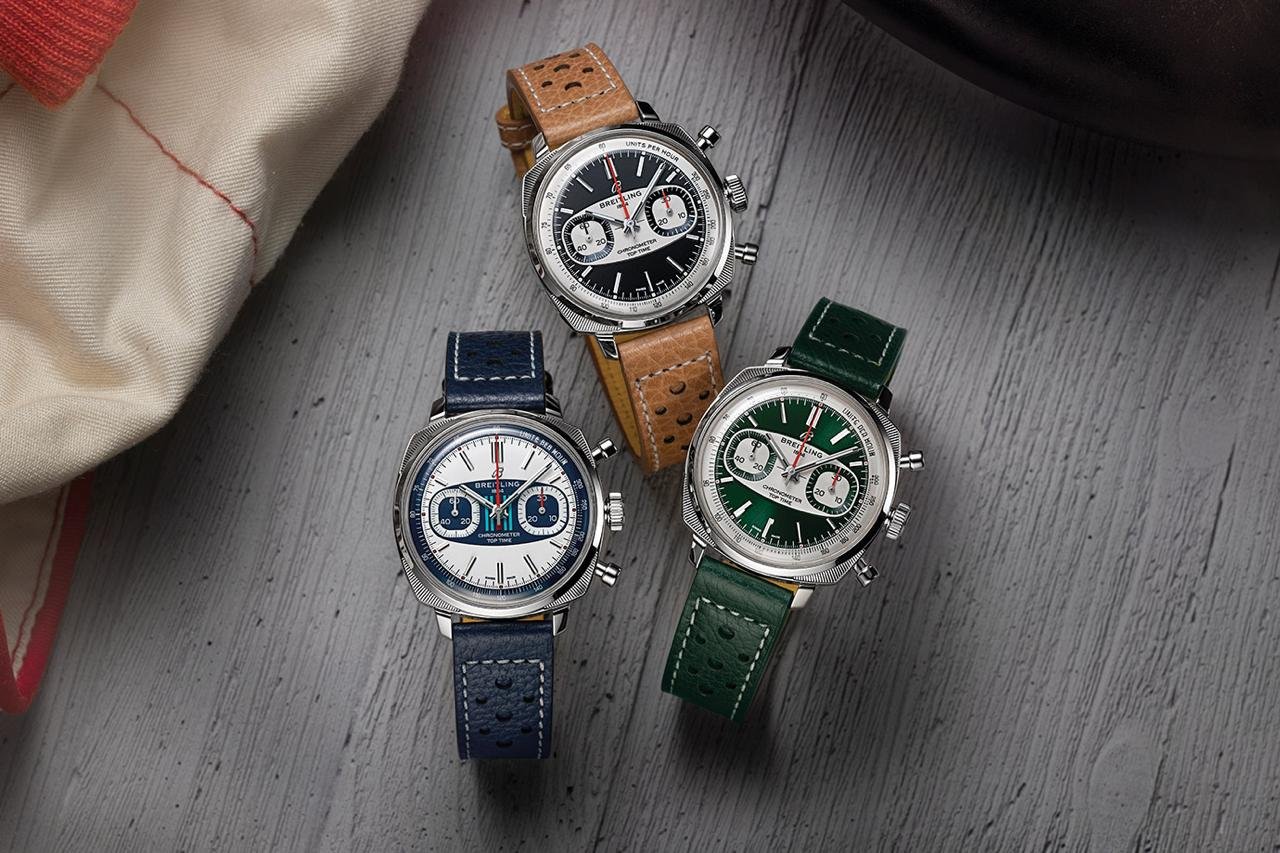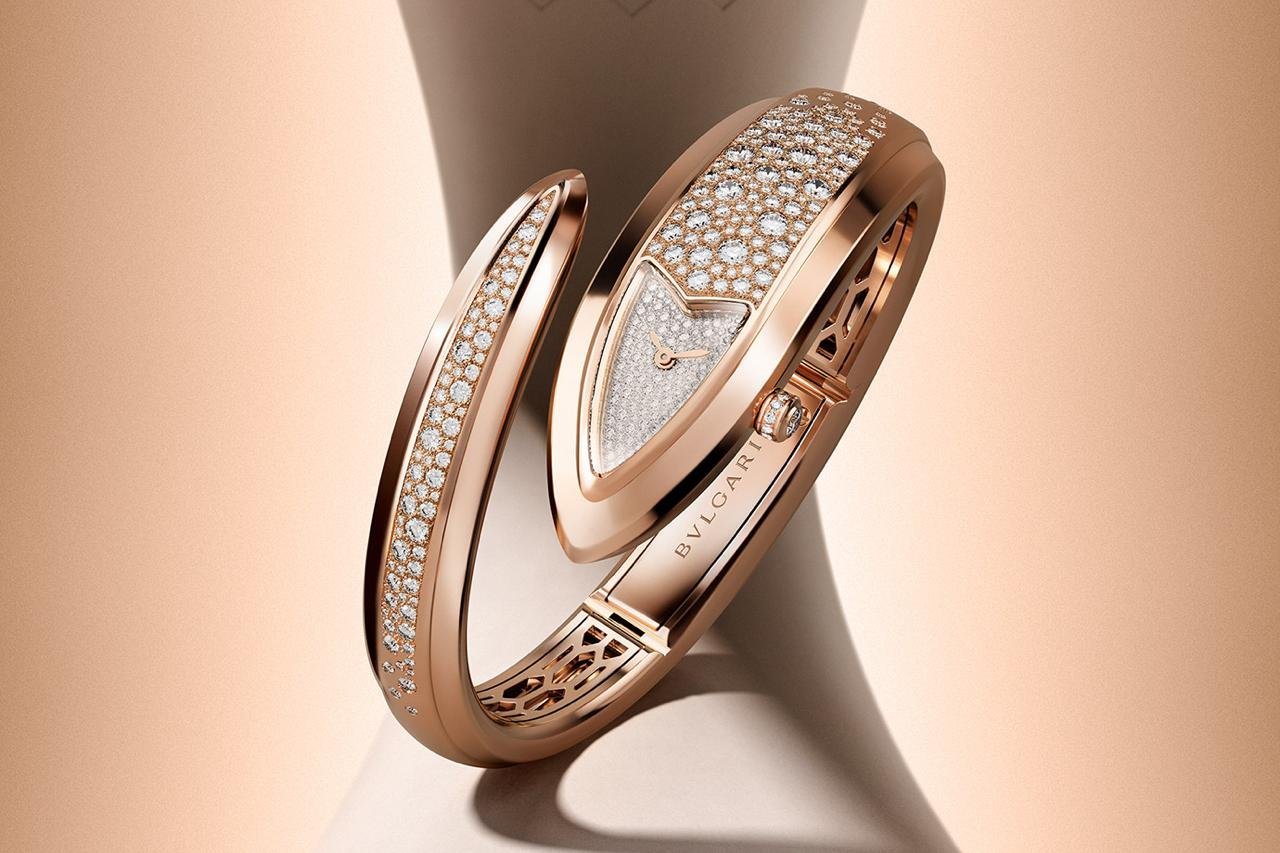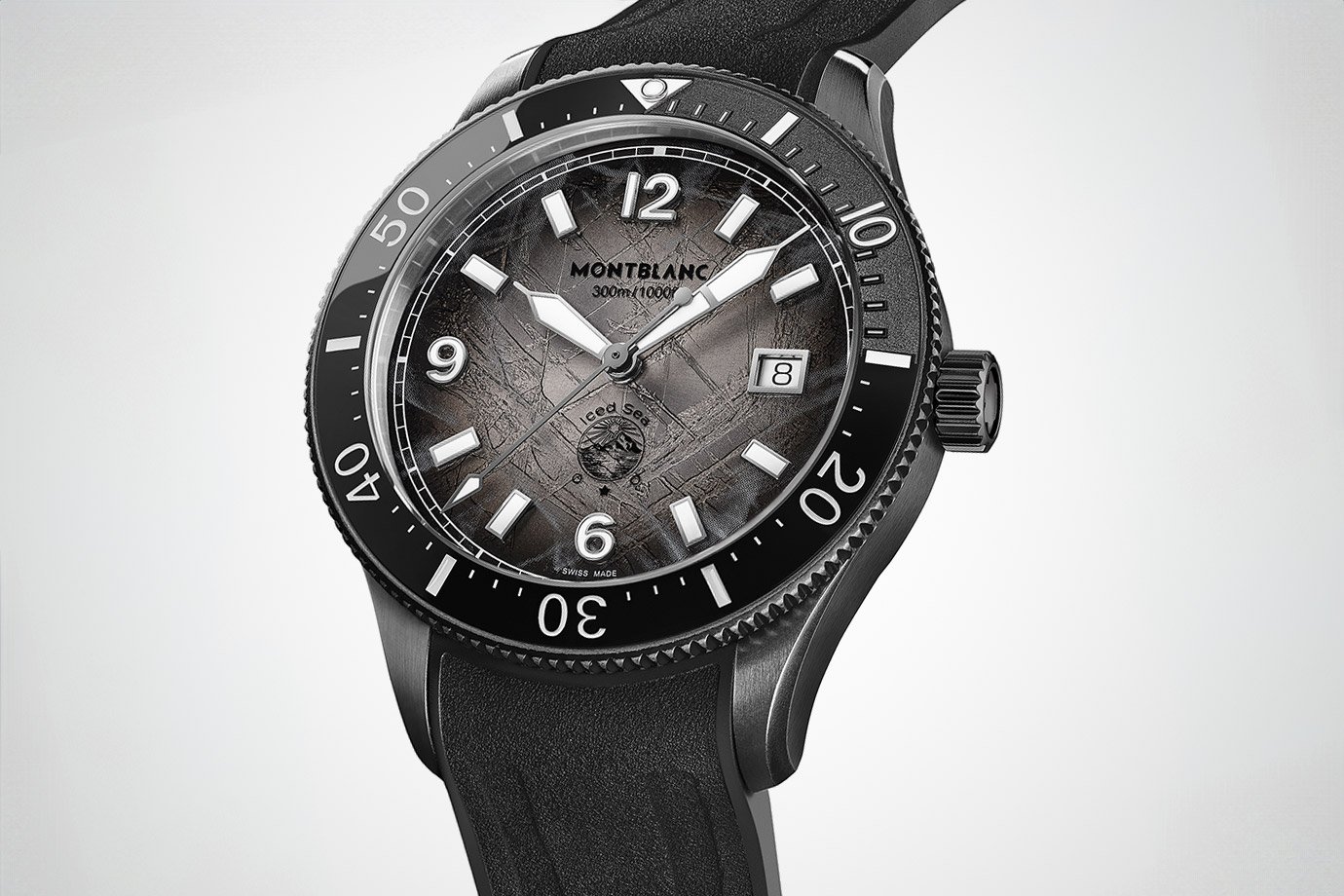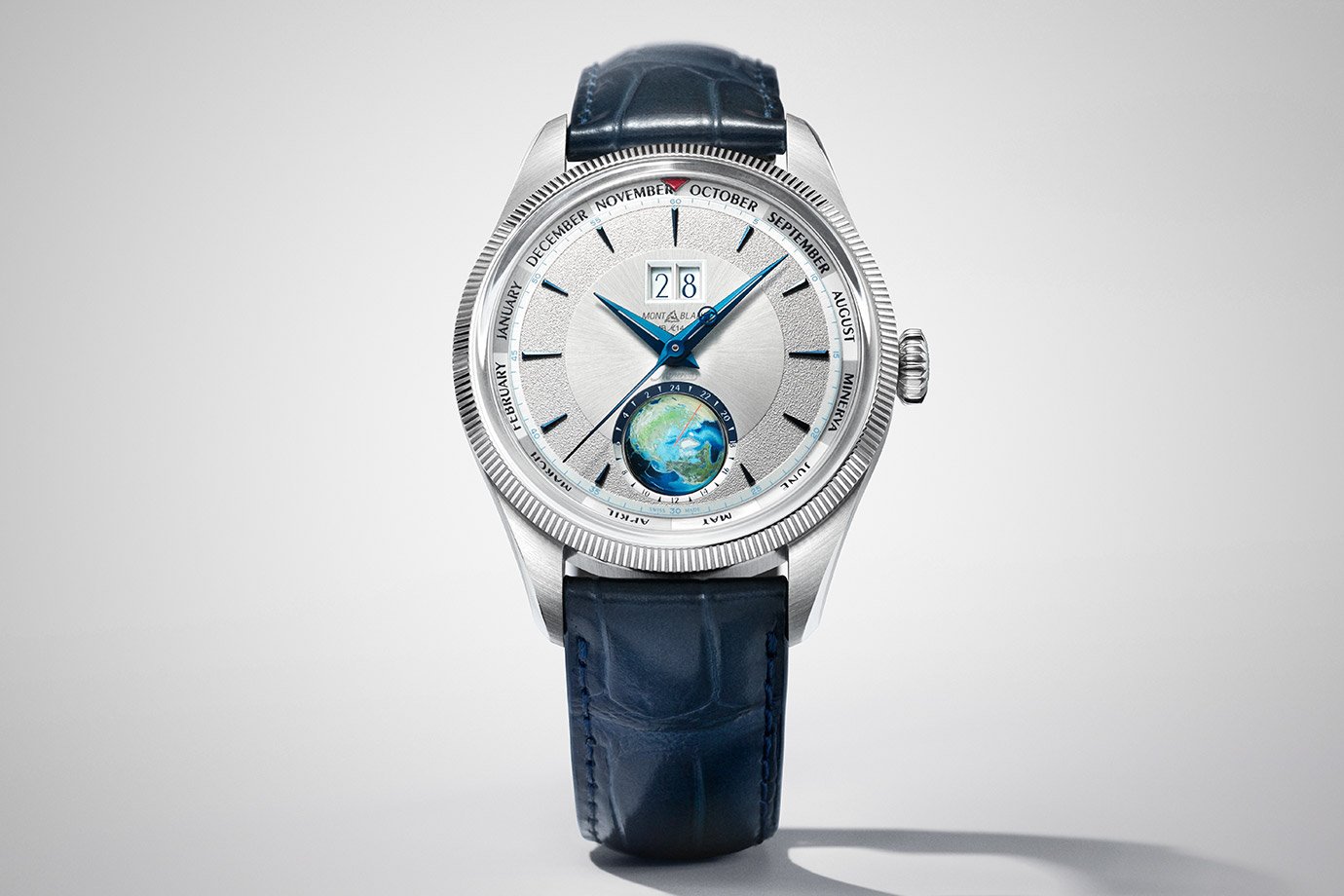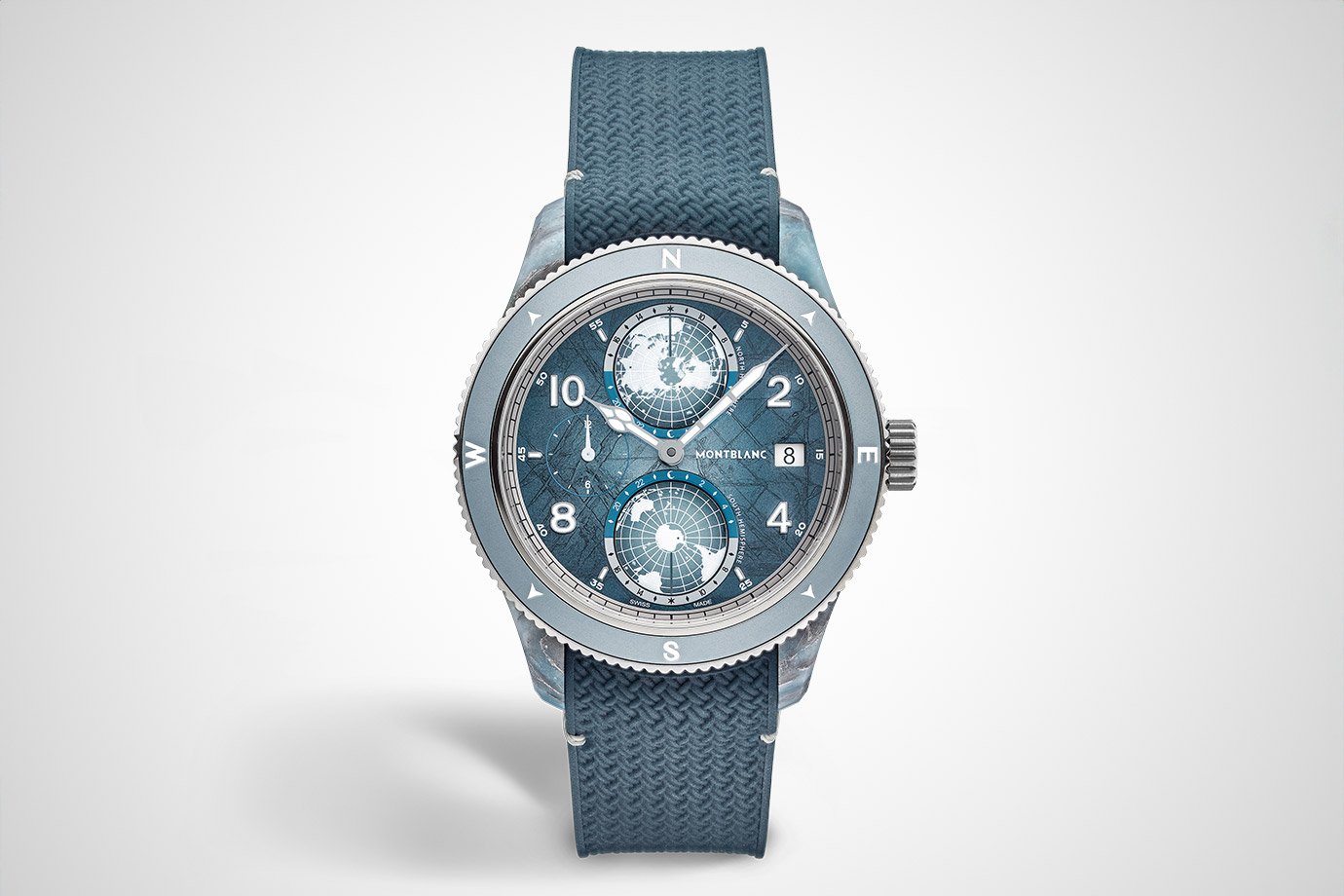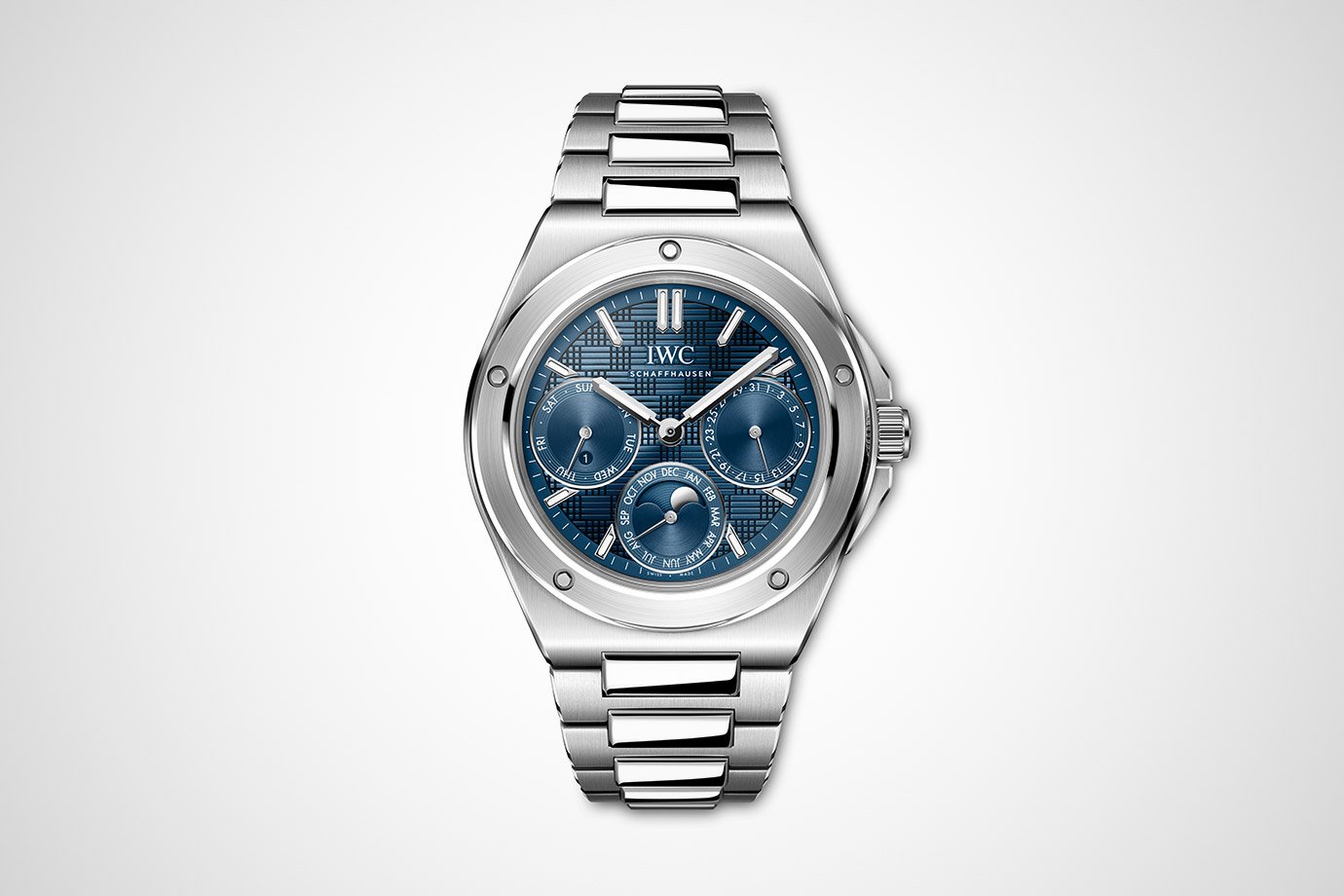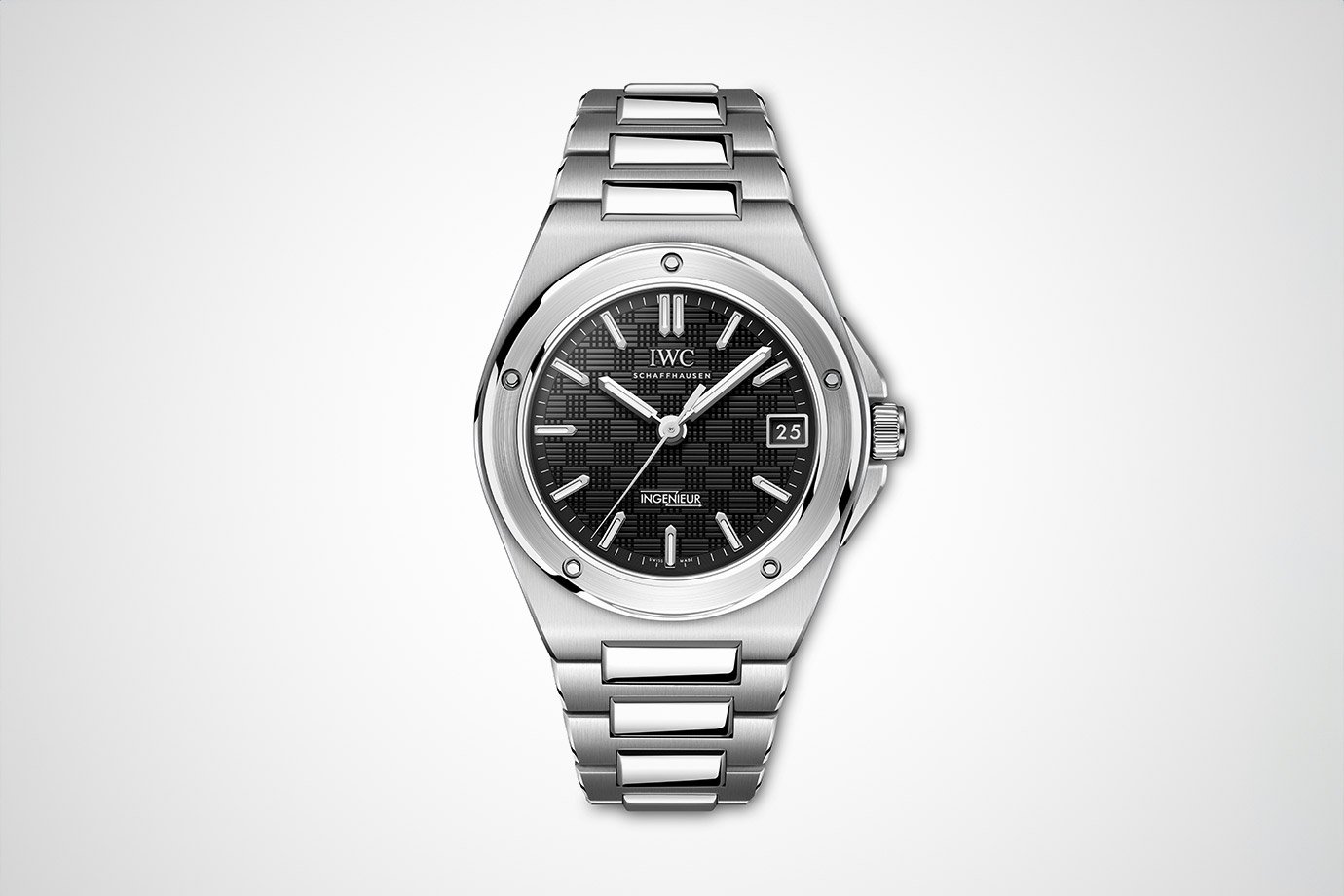“We don’t have problems to do. Our clocks need to solve problems”
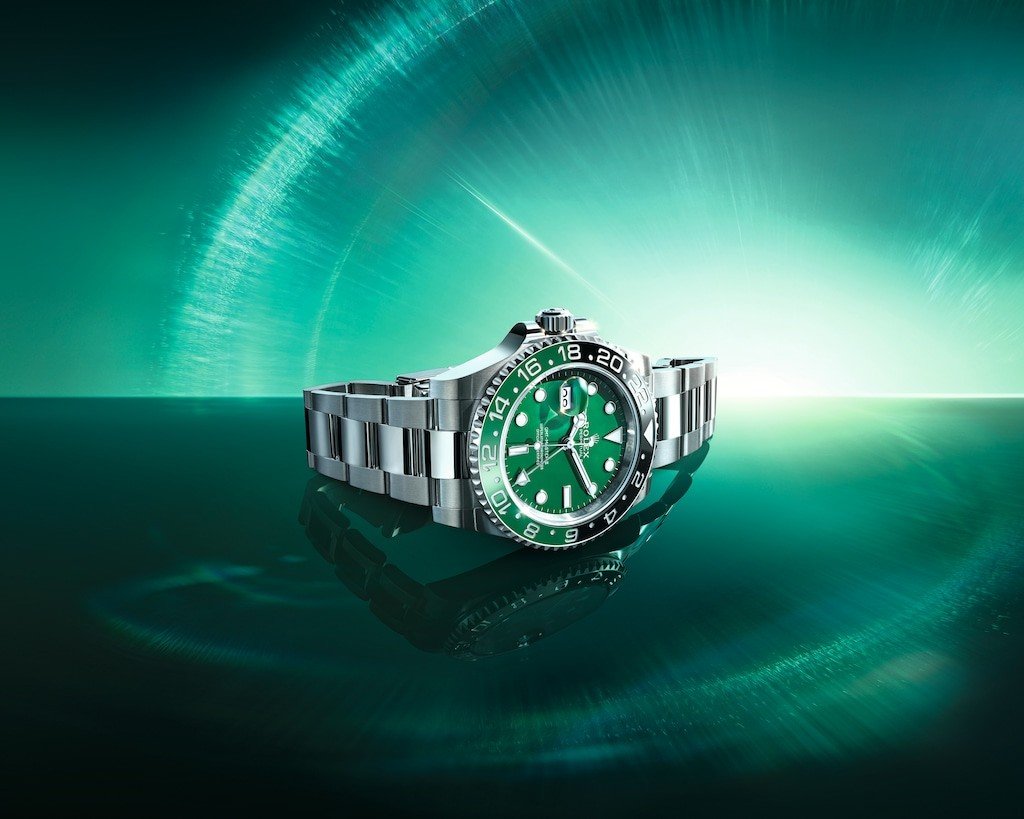
Geneva. What is the work of the Innovation Department of Preparation while re -visiting the model of several decades? Node Clocks & wonders This year, it was between April 1 and 7 GenevaMy SwitzerlandA. IWC Shaffassen It has demonstrated a new version of the Ingenyur model, now with a small box with a size of 35 mm.
Limited edition was also displayed in the watchmakers hall along with gold, ceramic and permanent calendar problem as well as reference to the film F1: MovieScheduled to make debut in June.
The first Ingenyur clock was presented in 1955 as a tribute to the post -IWC Shaffousen warmer engineers, at the same time the clock was definite and protected from the effects of magnetic fields. Since then the model has come out of the line, returned, developed.
Launch and we talk about the brand that we talked to Lorenz Branner, Research and Innovation Head. Stephen Ihenen, Associate Research and Development Technical Director, at the IWC Booth, at the Geneva event. Follow.
Working with innovation and what is the development of new materials in models traditionally like Ingenyur?
Ingenyur is usually very complicated, so if you work with difficult ingredients like ceramic, you need to overcome some obstacles in the structure. Of course, it takes time, but the good thing is that we have a lot of experience with both design and material, so we know what to do. For this clock we have also chosen a slightly different box structure, the screws are mounted directly in the ring. And when the glass is pressed, it does not stick. So we have chosen some different technologies to produce it and to make it thin, not too big.
Is there a limit to use materials when thinking about the tradition of this model?
No, there is no limit. We did a lot of tasks at Ingenyur. We use ceramic, carbon, aluminum, titanium. One of the materials of my innovation structure is our innovation strategy. If you get back a little more in history, if you look at the first Ingenier created by Gerald Genta, we have gold watches, for example.
Can you tell me what the idea behind this new line is?
For a small collection of the pure design of Gerald. In 2023 we re -introduced the model. This year we are presenting full collection. For example, we are bringing our permanent calendar capacity, which makes the whole sense on the traditional IWC line. We are bringing the efficiency of ceramics, bringing precious metal, and, of course, we are also improving the collection with small articles to reach a wide audience.
Does the customer feedback differ? If the Ingenyur of 2023 is not successful, will this year’s release be affected?
I think so. If the market opinion is not so positive, we have changed something. But the beginning of the rebuilding of sensitive design was very successful. We have seen the ability of this line. And it makes sense to improve and extend the full range of collection. IWC customers of 35 mm size may be accustomed to seeing, but at the same time, this is a very traditional line, and in the past clocks are small.
How is Ingenyur now followed for models?
It is challenging, because our CEO has put a lot of pressure to hit the right ratio, diameter, height and so on. The ratio should be very close to the traditional design. It is a challenge of 35 mm, but also for a permanent calendar. In this case, we took the Central Second Pointer, which brought us half a millimeter at the time to maintain the ideal ratio. In ceramic, we raised the article to a little 42 mm. We had to do some new ways in construction. In 35 we also used a new movement, what’s at us is huge, it didn’t work.
Can a 35 mm model be considered feminine?
Recently I have interacted with one of our marketing colleagues and he was a little disappointed because he was 40 mm instead of 35th. When you see where the market goes, you will see the trend in small articles. This is not just for women. It is also the size that man can use. Because we are not talking about 30mm or less. At the same time, my sister (Lorenz speaks) Use a large pilot of 46 mm. And she also has 40 millimeters of English. I showed her a new 35mm collection and she didn’t say, my 40 was perfect.
In addition to the watch industry, what are its main impulses in the use of new materials?
When we developed a mixture of ceramic matrix, we worked with the German Space Agency partnership. So we see the aerospace sector, see the medical device industry, see the auto industry. You have to be open and really 360 degrees, because in each industry there are special ingredients or other elements we can use in our watches.
In your opinion, what is the essence of the IWC?
I think that the main theme that keeps us a little separate from the competition is really a topic of engineering. We removed a little from the middle of the Swiss industry and the French. We are on the German linguistic side with an American founder who runs through industrialization. So I think this is really special in the IWC, which is still deep in our DNA. We are really at the forefront of industry engineering, I will say. It separates us. Problems, for example. We don’t have problems to have a problem. They must solve the problem. So you have not been able to find a lot of retrograde dials or anything. We will always try to make the dials as readable as possible. We try to solve a problem for the customer and not just tasks to show that we can do it.
- Journalist clocks & traveled to the invitation of wonders



